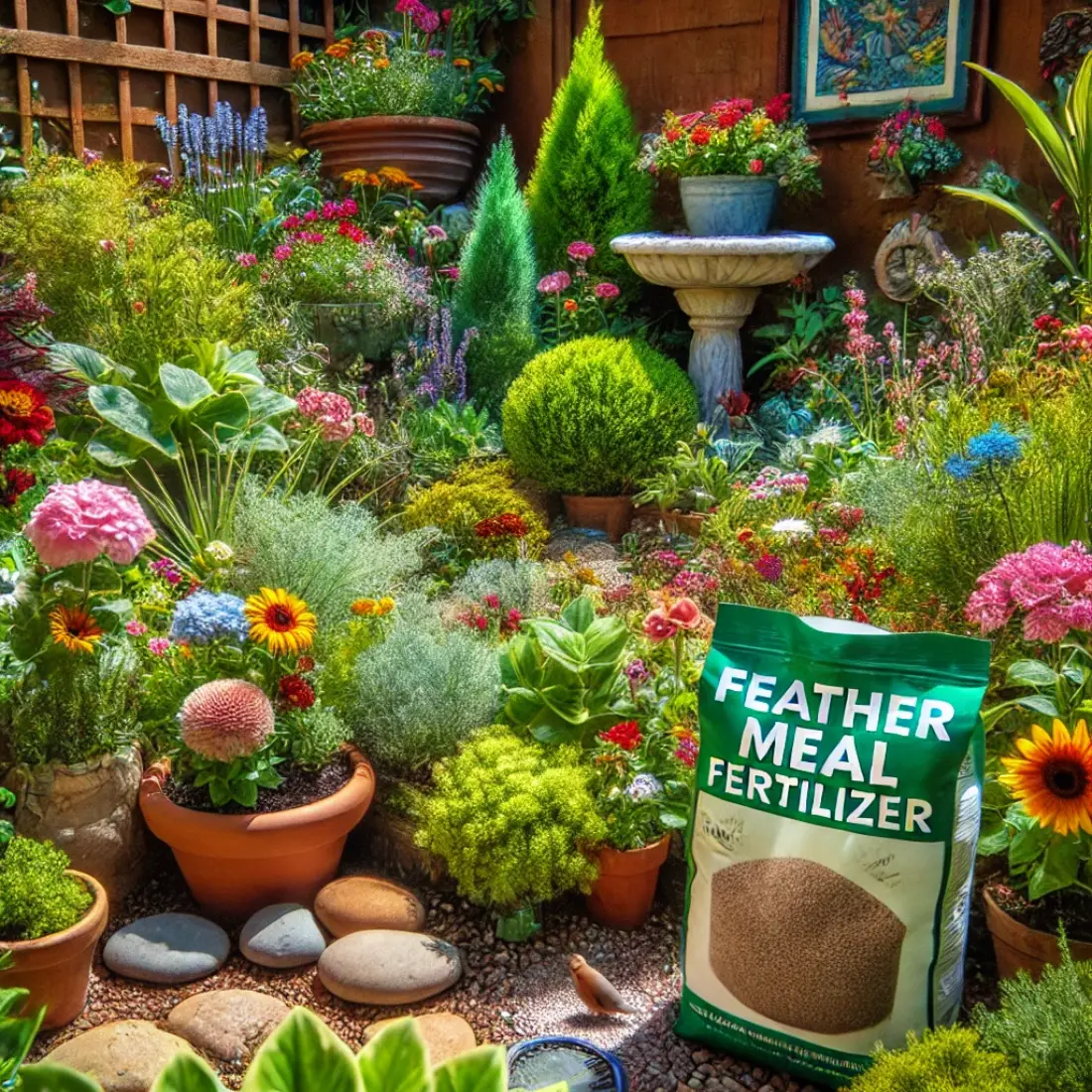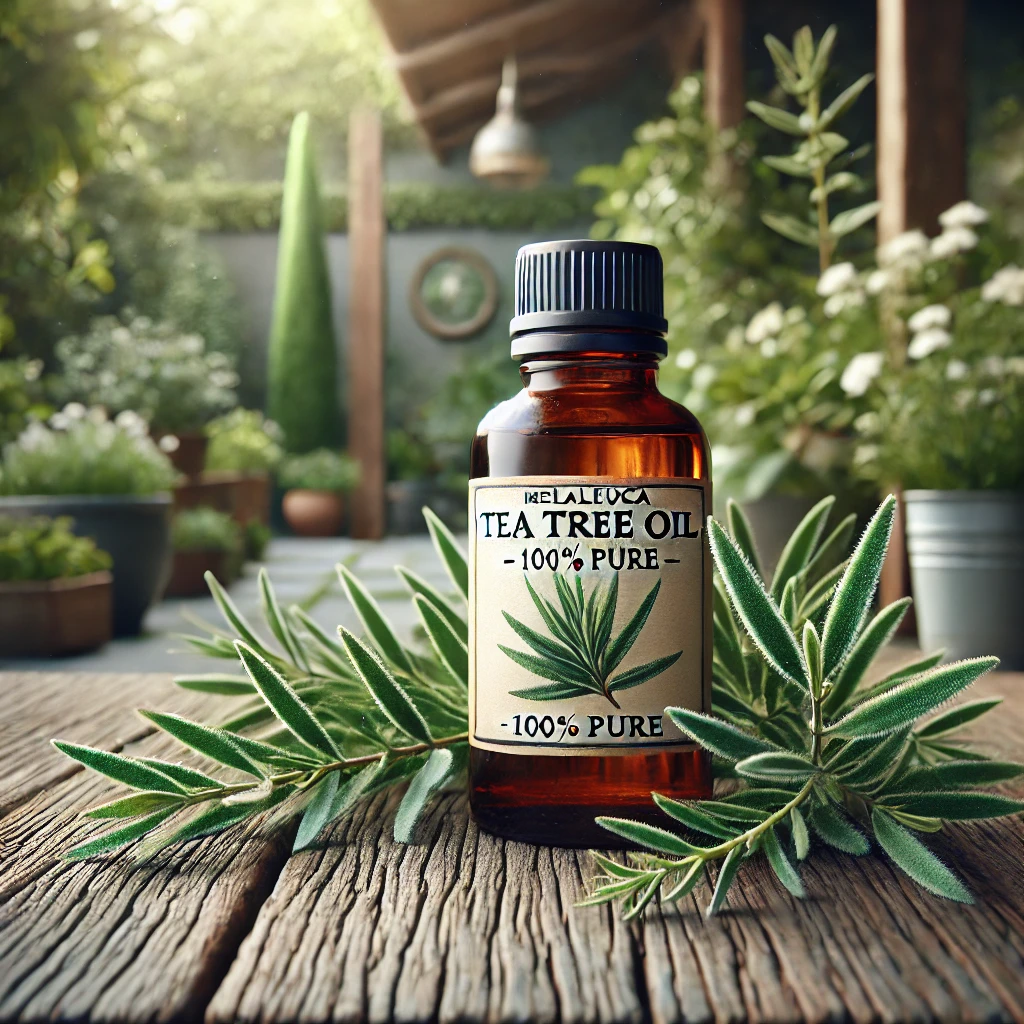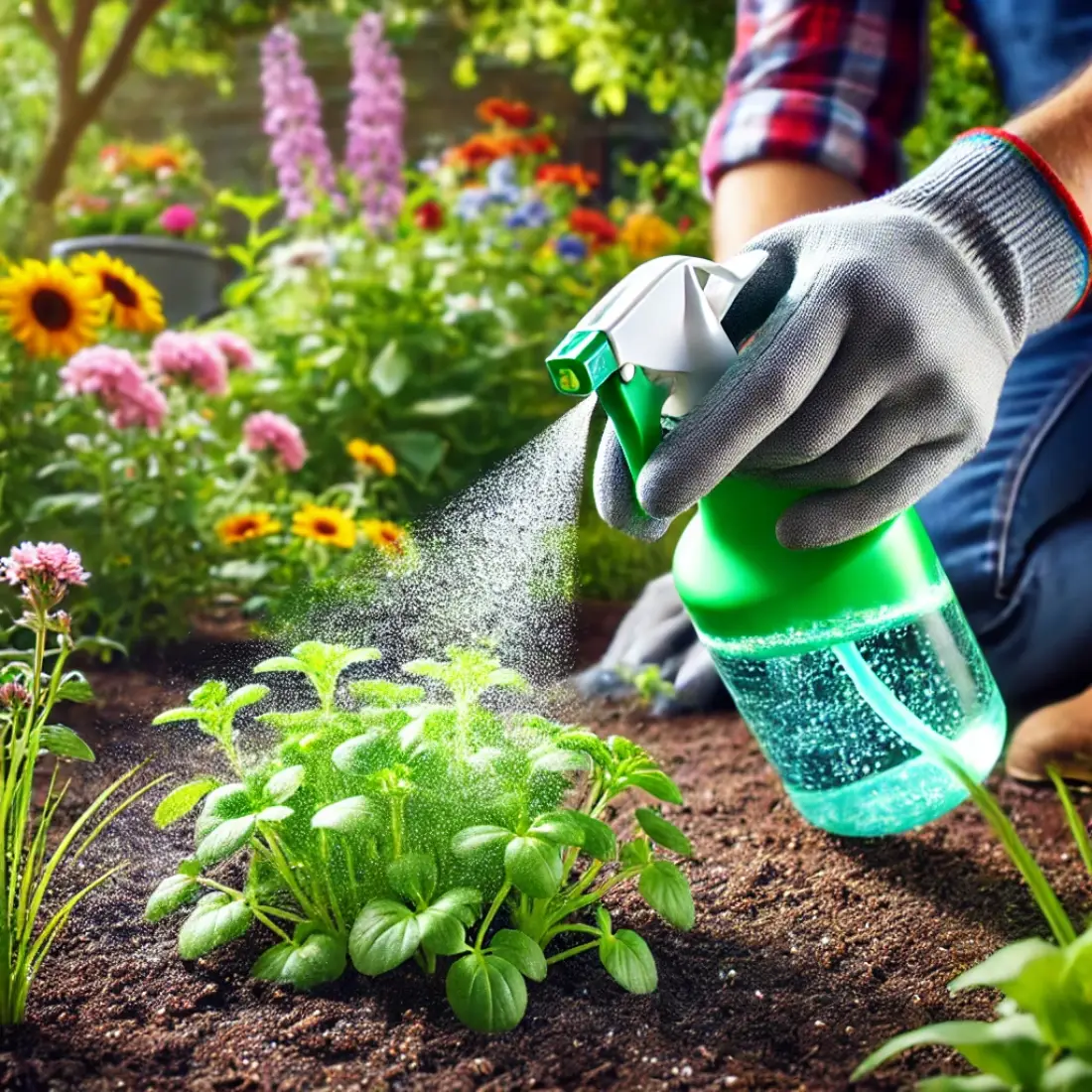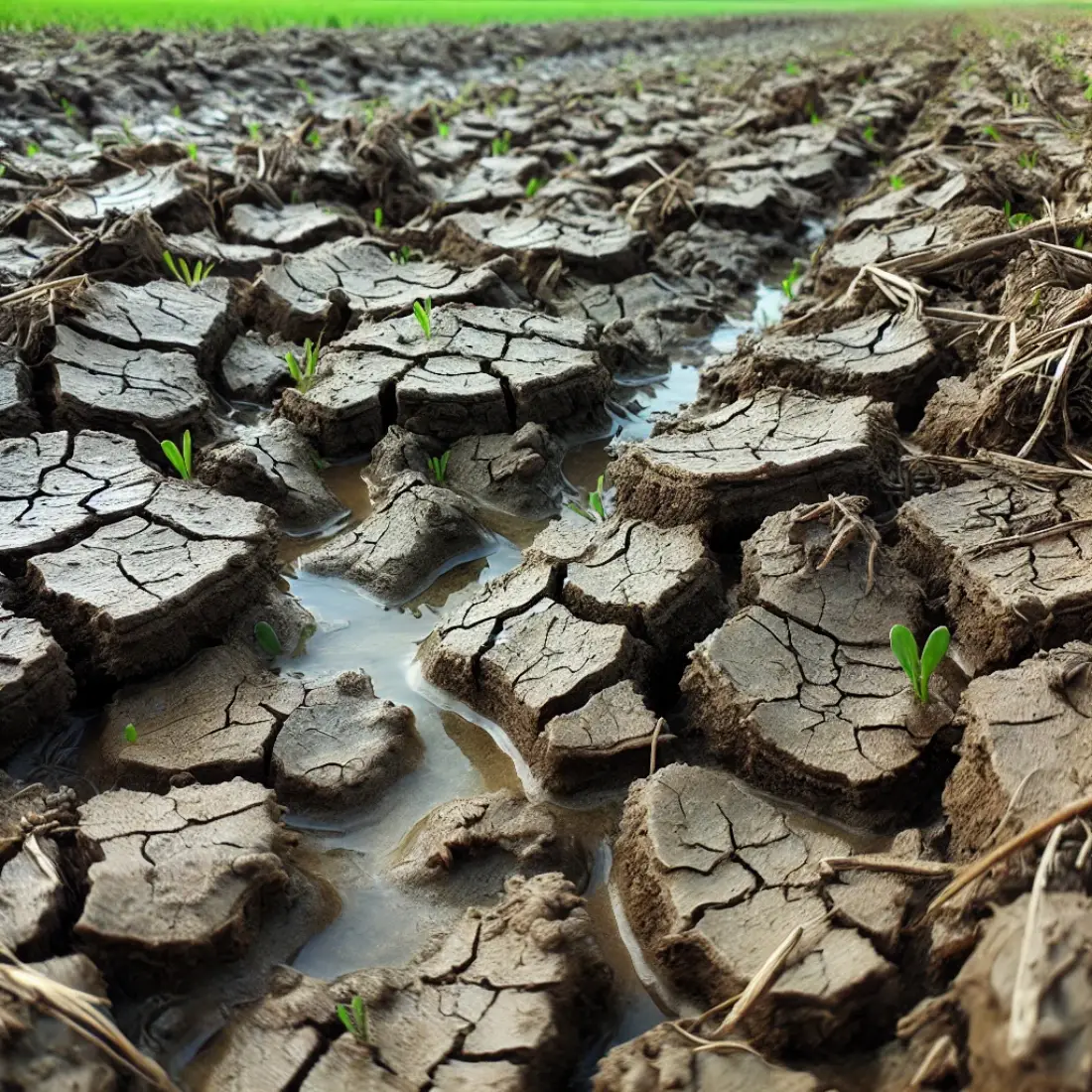Organic rooting hormone is a natural substance that promotes root growth in plant cuttings. It uses naturally occurring compounds like auxins, found in ingredients such as willow water, aloe vera, and honey. These hormones mimic the plant’s own growth signals, helping new roots form effectively.
Unlike synthetic options, organic rooting hormones are eco-friendly and safe for all plants, including edibles. They support sustainable gardening by avoiding harmful chemicals, making them a preferred choice for organic gardeners seeking healthy and robust plants.
- Healthy Roots: Organic rooting hormone promotes strong root growth.
- Natural and Safe: Made from natural ingredients, safe for all plants.
- Eco-Friendly: Supports sustainable gardening practices.
- Affordable: Cost-effective and can be made at home.
- Chemical-Free: Avoids harmful synthetic chemicals.
Benefits of Using Organic Rooting Hormone
Using organic rooting hormone offers numerous advantages for gardeners and plant enthusiasts. First and foremost, it promotes the development of strong and healthy root systems, which are vital for the overall health and growth of plants. Natural ingredients like willow water and aloe vera contain auxins, which mimic the plant’s own hormones, encouraging efficient root formation.
Organic rooting hormones are also environmentally friendly. Unlike synthetic hormones, they do not introduce harmful chemicals into the soil, making them safe for both the environment and for use on edible plants. This makes them an ideal choice for organic gardening and sustainable agricultural practices.
Additionally, organic rooting hormones are safe to handle and use. They pose no risk of chemical burns or toxic exposure, which is a significant concern with synthetic alternatives. This safety extends to beneficial soil organisms and insects, which can be harmed by synthetic chemicals.
Moreover, organic rooting hormones are cost-effective. Many of the ingredients required to make them, such as honey or apple cider vinegar, are readily available and inexpensive. This affordability makes it accessible for gardeners of all levels to propagate their plants successfully without incurring significant costs.
How Does Organic Rooting Hormone Work?
Organic rooting hormone works by leveraging natural compounds to stimulate root growth in plant cuttings. Key to this process are auxins, plant hormones that play a crucial role in root development. When applied to cuttings, these natural auxins mimic the plant’s own growth signals, encouraging the formation of new roots.
Natural ingredients such as willow water are rich in salicylic acid and indolebutyric acid, both of which are potent auxins. Willow water can be made by soaking willow branches in water, releasing these hormones. Aloe vera, another common ingredient, contains compounds that promote root growth and have antifungal properties, protecting the cuttings from infections.
When plant cuttings are dipped in an organic rooting hormone solution, the auxins signal the plant cells to differentiate and grow into root tissue. This process helps the cutting to establish a robust root system more quickly than it would naturally, increasing the chances of successful propagation.
Common Ingredients in Organic Rooting Hormones
Willow Water
- Auxins Content: High in salicylic acid and indolebutyric acid.
- How to Use: Soak willow branches in water for 24-48 hours to extract the hormones.
Aloe Vera
- Growth Stimulant: Contains vitamins, minerals, and enzymes that promote root growth.
- Antifungal Properties: Protects cuttings from infections.
- How to Use: Blend aloe vera gel with water and use immediately.
Honey
- Natural Antiseptic: Prevents bacterial and fungal infections in cuttings.
- Root Growth: Provides sugars and nutrients to stimulate root formation.
- How to Use: Mix with water or use directly on cuttings.
Cinnamon
- Antifungal Agent: Prevents mold and fungal infections.
- Rooting Stimulant: Encourages root development.
- How to Use: Dip cuttings in cinnamon powder before planting.
Apple Cider Vinegar
- Mild Acid: Mimics the slightly acidic conditions that favor root growth.
- Nutrient Source: Contains trace elements beneficial for plants.
- How to Use: Dilute one teaspoon of apple cider vinegar in a gallon of water.
Aspirin
- Salicylic Acid: Promotes root growth and plant immune response.
- How to Use: Dissolve an aspirin tablet in water to create a rooting solution.
How to Make Organic Rooting Hormone at Home
Willow Water
Materials Needed:
- Fresh willow branches
- Water
- Container
Steps:
- Cut several young willow branches into small pieces.
- Place the pieces in a container and cover them with water.
- Let the branches soak for 24-48 hours.
- Strain the liquid and use it as a rooting hormone by soaking plant cuttings in it for a few hours before planting.
Aloe Vera Gel
Materials Needed:
- Fresh aloe vera leaves
- Blender
- Water
Steps:
- Cut a fresh aloe vera leaf and scoop out the gel.
- Blend the gel with water in a 1:1 ratio.
- Dip the cut end of your plant cuttings into the aloe vera gel mixture.
- Plant the cuttings in your chosen growing medium.
Honey Solution
Materials Needed:
- Honey
- Warm water
- Container
Steps:
- Mix one tablespoon of honey with two cups of warm water.
- Stir until the honey is fully dissolved.
- Dip the cut ends of your plant cuttings into the honey solution.
- Plant the cuttings as usual.
Cinnamon Powder
Materials Needed:
- Ground cinnamon
Steps:
- Simply dip the cut end of your plant cuttings into ground cinnamon.
- Plant the cuttings directly into your growing medium.
Apple Cider Vinegar Solution
Materials Needed:
- Apple cider vinegar
- Water
- Measuring spoon
Steps:
- Dilute one teaspoon of apple cider vinegar in one gallon of water.
- Dip the cut end of your plant cuttings into the solution briefly.
- Plant the cuttings in your chosen growing medium.
Aspirin Solution
Materials Needed:
- Aspirin tablet
- Water
- Container
Steps:
- Crush one aspirin tablet into a fine powder.
- Dissolve the aspirin powder in one cup of water.
- Soak your plant cuttings in the aspirin solution for a few hours.
- Plant the cuttings as usual.
Using Organic Rooting Hormone: Step-by-Step Guide
Step 1: Prepare the Cuttings
- Select Healthy Cuttings: Choose a healthy plant with strong growth. Avoid diseased or damaged parts.
- Cut Below a Node: Using a clean, sharp knife or scissors, cut just below a node (the point where leaves attach to the stem). Make the cut at a 45-degree angle to increase the surface area for rooting.
- Trim Excess Leaves: Remove the lower leaves to prevent them from rotting when planted.
Step 2: Prepare the Organic Rooting Hormone
- Willow Water: Soak the willow branches in water for 24-48 hours, then strain the liquid.
- Aloe Vera Gel: Blend fresh aloe vera gel with water in a 1:1 ratio.
- Honey Solution: Mix one tablespoon of honey with two cups of warm water until dissolved.
- Cinnamon Powder: Use ground cinnamon directly.
- Apple Cider Vinegar Solution: Dilute one teaspoon of apple cider vinegar in one gallon of water.
- Aspirin Solution: Dissolve one crushed aspirin tablet in a cup of water.
Step 3: Apply the Rooting Hormone
- Dip the Cuttings: Submerge the cut end of each cutting into the chosen organic rooting hormone solution. If using cinnamon powder, dip the cutting directly into the powder.
- Let it Soak (if applicable): For solutions like willow water or aspirin, let the cuttings soak for a few hours to maximize absorption.
Step 4: Plant the Cuttings
- Prepare the Growing Medium: Fill a pot with a well-draining growing medium such as a mix of perlite and peat moss or sand and potting soil.
- Insert the Cuttings: Make a small hole in the growing medium with a pencil or your finger. Insert the treated end of the cutting into the hole.
- Firm the Soil: Gently press the soil around the cutting to hold it in place.
Step 5: Provide Optimal Conditions
- Watering: Water the cuttings thoroughly but avoid waterlogging. Keep the soil moist.
- Humidity: Cover the pot with a plastic bag or use a propagation dome to maintain high humidity.
- Lighting: Place the pot in a bright, indirect light location. Avoid direct sunlight, which can scorch the cuttings.
- Temperature: Maintain a warm environment, ideally between 70-75°F (21-24°C).
Step 6: Monitor and Care
- Check for Rooting: After a few weeks, gently tug on the cuttings to check for resistance, indicating root development.
- Transplanting: Once roots are established, transplant the cuttings to larger pots or their final location.
Tips for Success with Organic Rooting Hormone
Choose the Right Cuttings
- Healthy Plants: Select cuttings from healthy, disease-free plants for the best results.
- Young Growth: Use younger, more flexible stems, as they root more easily than older, woody stems.
Use Sterile Tools
- Clean Equipment: Always use clean, sharp tools to make cuts to prevent infection and damage to the plant.
- Sterilize Tools: Sterilize scissors or knives with rubbing alcohol before and after use.
Prepare the Cuttings Properly
- Angle Cuts: Make cuts at a 45-degree angle to increase the surface area for rooting.
- Remove Lower Leaves: Trim off leaves from the lower part of the cutting to avoid rot and promote root growth.
Apply the Hormone Correctly
- Dipping Technique: Ensure the cut end is adequately dipped in the organic rooting hormone solution or powder.
- Soaking Duration: For liquid solutions like willow water or aspirin, soak the cuttings for a few hours to enhance hormone absorption.
Use the Right Growing Medium
- Well-Draining Soil: Use a mix of perlite and peat moss, or sand and potting soil, to ensure good drainage.
- Sterile Medium: Ensure the growing medium is sterile to prevent fungal infections and other issues.
Provide Optimal Conditions
- Humidity: Maintain high humidity by covering the cuttings with a plastic bag or using a propagation dome.
- Temperature: Keep the environment warm, ideally between 70-75°F (21-24°C).
- Light: Place the cuttings in bright, indirect light. Avoid direct sunlight, which can scorch the cuttings.
Avoid Common Mistakes
- Overwatering: Keep the soil moist but not waterlogged to prevent root rot.
- Patience: Be patient and avoid disturbing the cuttings frequently to check for roots, as this can hinder growth.
Monitor and Adjust
- Regular Checks: Monitor the cuttings regularly for signs of rooting and health.
- Transplanting: Once roots are established, transplant the cuttings to larger pots or their final location.
FAQs about Organic Rooting Hormones
What is the best organic rooting hormone?
The best organic rooting hormone depends on your preference and availability of materials. Popular options include willow water, aloe vera gel, and honey. Each has unique properties that promote root growth effectively.
How long does it take for cuttings to root using organic rooting hormone?
The rooting process typically takes 2-4 weeks, depending on the plant species and environmental conditions. Some plants may root faster, while others may take longer.
Can organic rooting hormones be used on all plants?
Most plants respond well to organic rooting hormones, but some species may root more readily than others. It’s best to research the specific requirements of the plant you’re propagating.
How often should I apply organic rooting hormone?
Usually, a single application when planting cuttings is sufficient. Over-application can lead to rot or other issues. Follow the specific instructions for each type of organic rooting hormone.
Is homemade organic rooting hormone as effective as store-bought?
Homemade organic rooting hormones can be just as effective as store-bought versions if prepared and applied correctly. Using fresh ingredients and following proper procedures is key to success.
What are the advantages of using organic rooting hormone over synthetic ones?
Organic rooting hormones are environmentally friendly, non-toxic, and safe for edible plants. They avoid introducing harmful chemicals into the soil, making them a preferred choice for organic gardening.
Can I use multiple types of organic rooting hormones together?
While it’s generally best to stick with one type, combining certain organic rooting hormones (e.g., using honey and aloe vera) may provide additional benefits. Ensure compatibility and avoid overloading the cuttings with too many substances.
Do I need to sterilize my tools when using organic rooting hormone?
Yes, using clean, sharp, and sterile tools helps prevent infections and diseases in the cuttings. Sterilize your tools with rubbing alcohol before and after use to maintain hygiene.
How do I store homemade organic rooting hormone?
Store homemade organic rooting hormones in a cool, dark place. Some, like willow water, can be refrigerated for up to a week. Always check for spoilage before use.
What should I do if my cuttings aren’t rooting?
If your cuttings aren’t rooting, check for issues such as overwatering, poor lighting, or incorrect application of the rooting hormone. Adjust the conditions and try again. Using fresh, healthy cuttings and ensuring optimal growing conditions can improve success rates.












